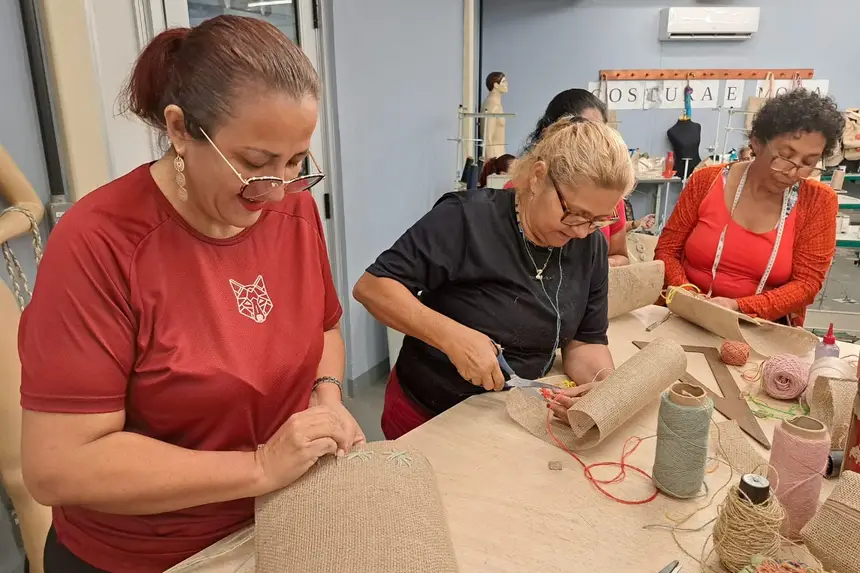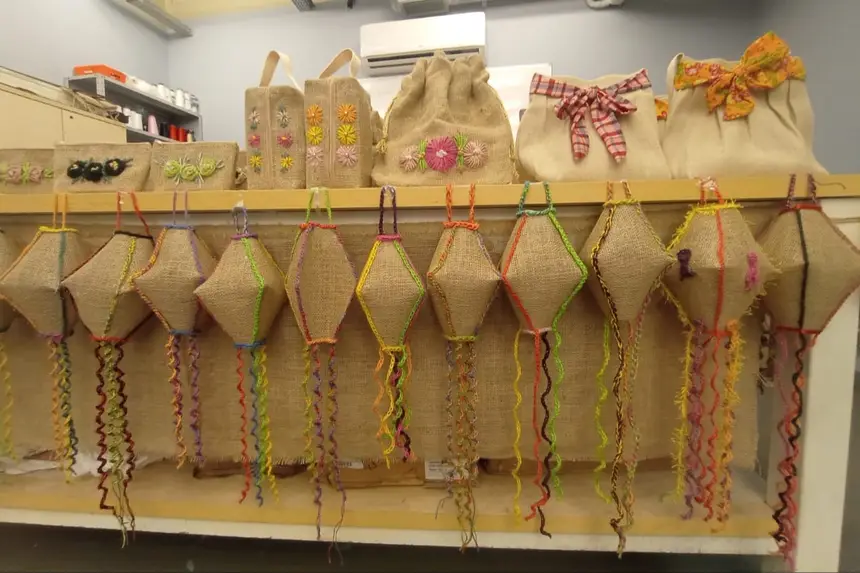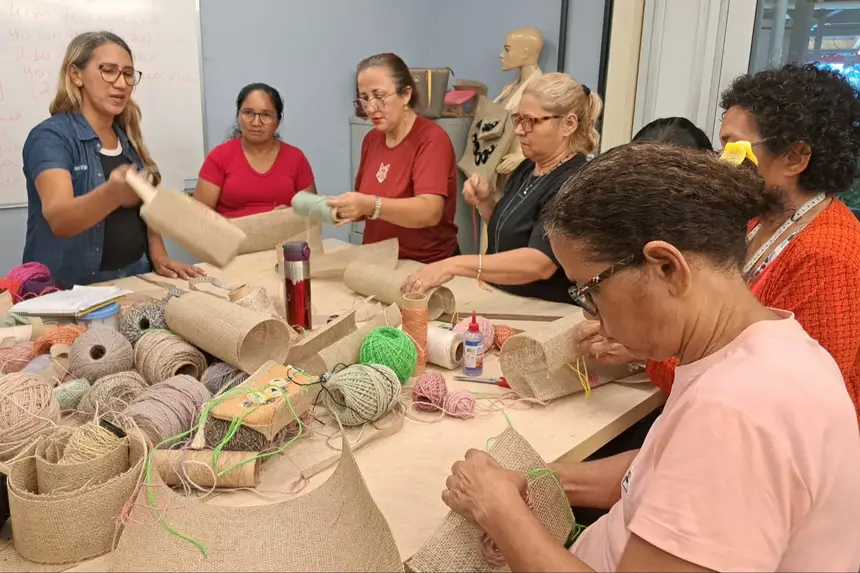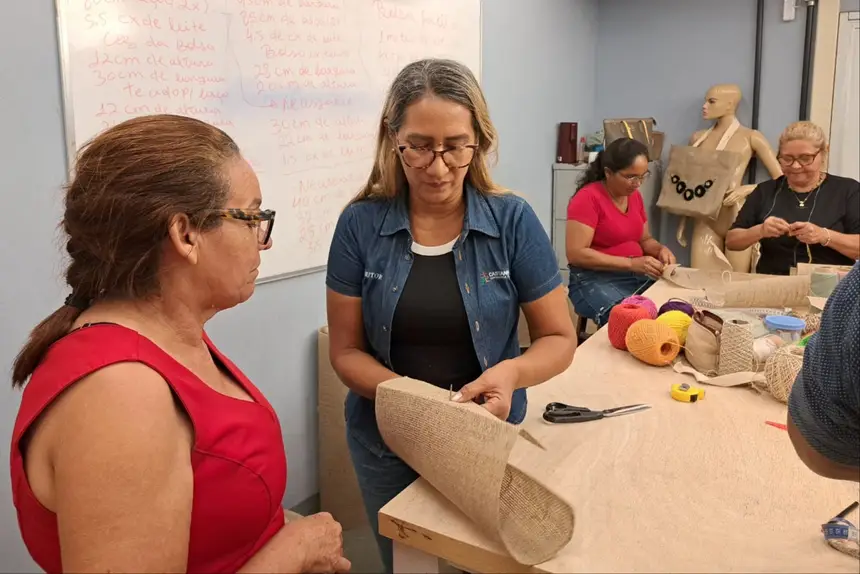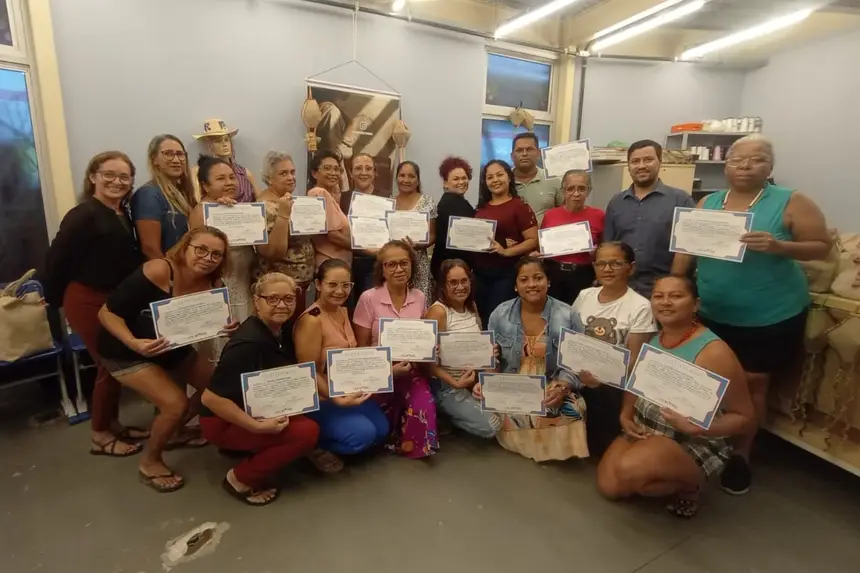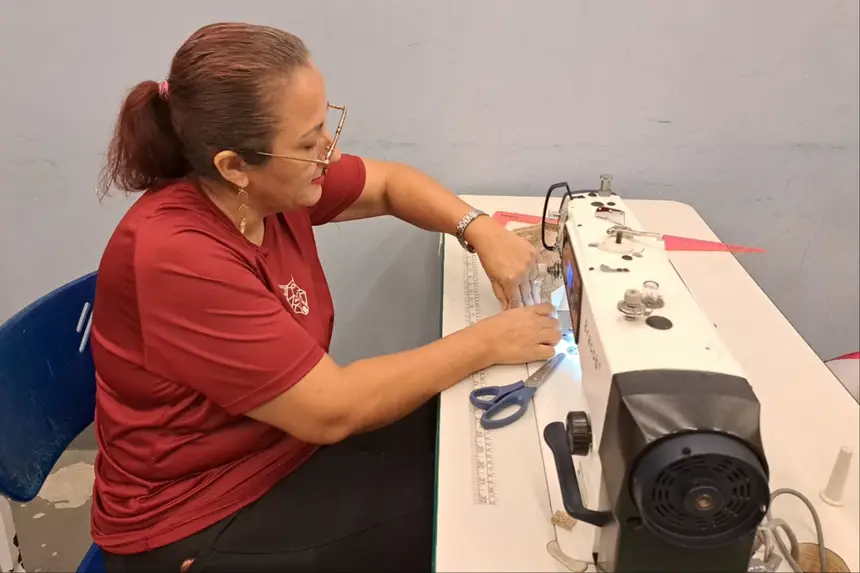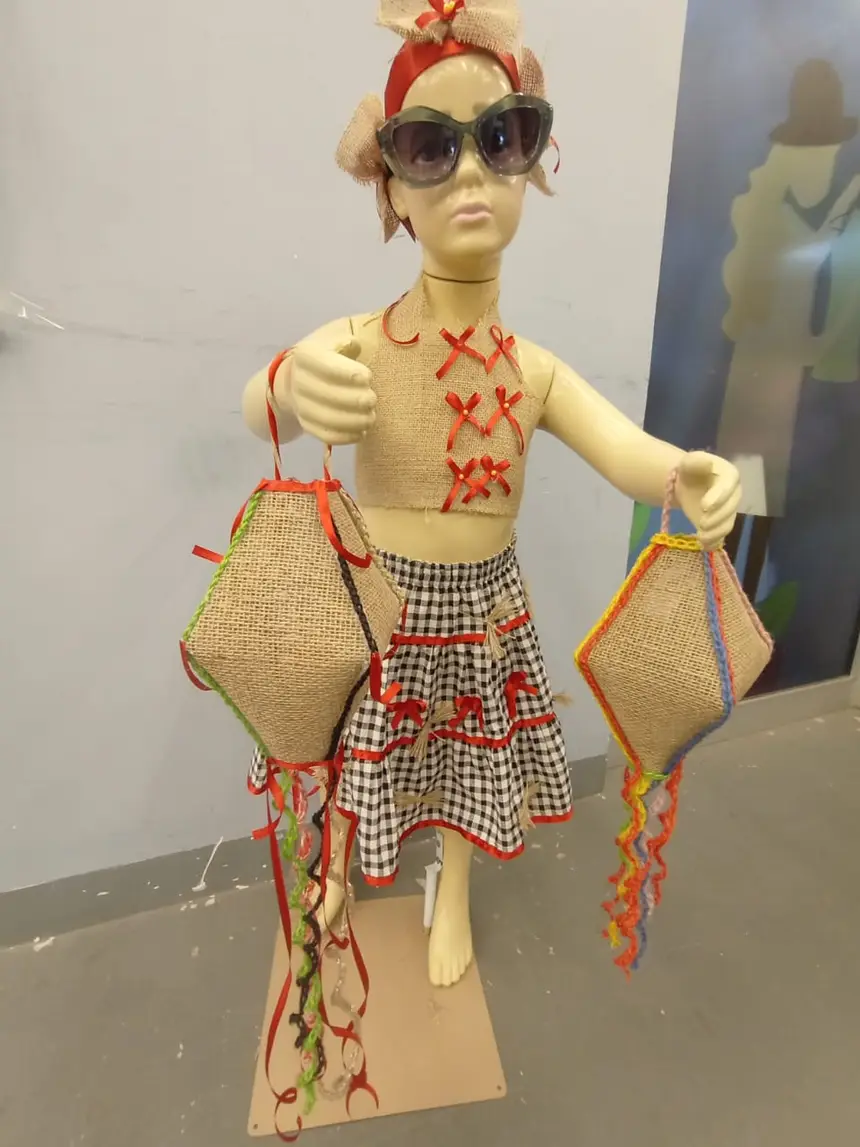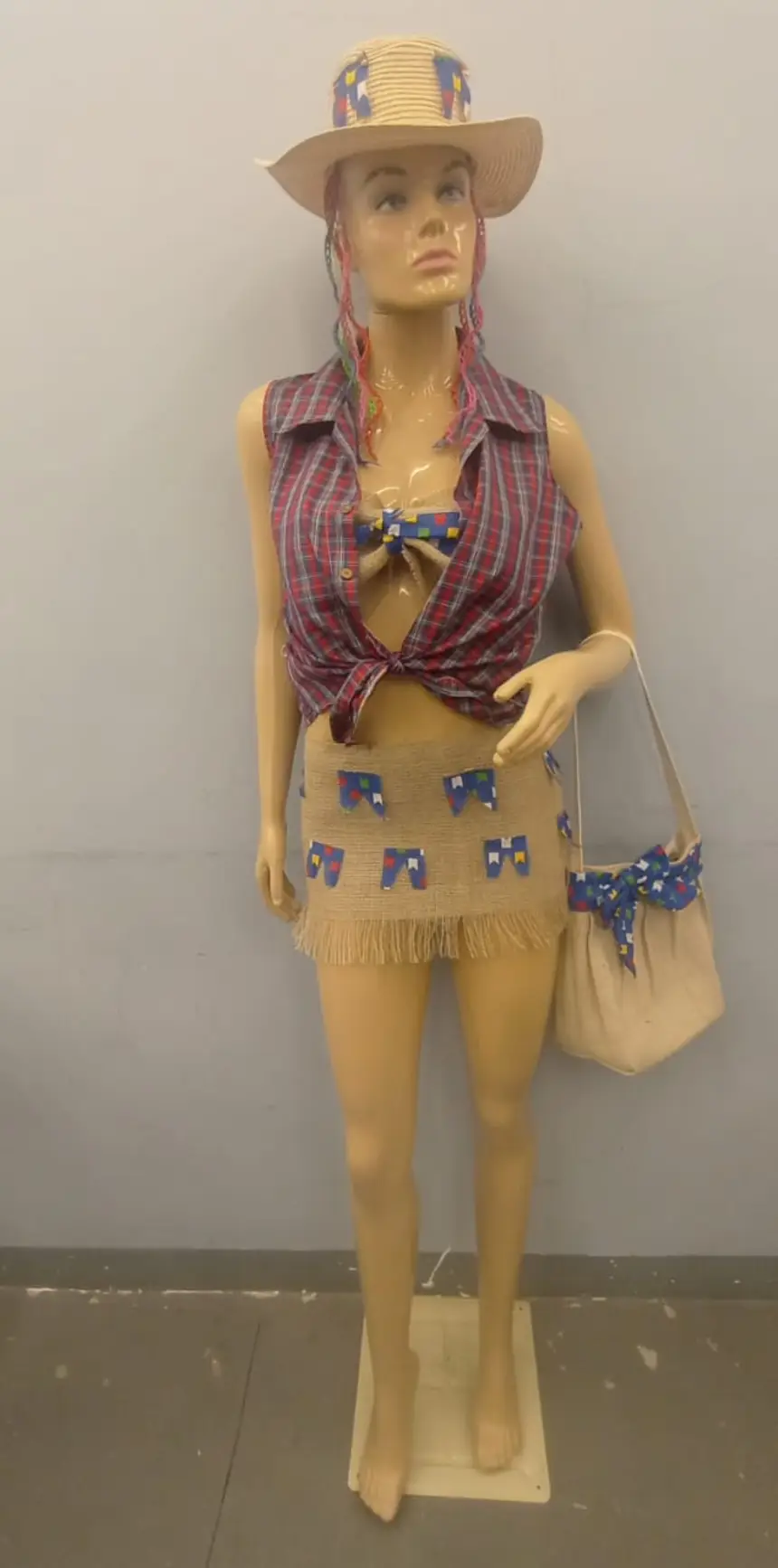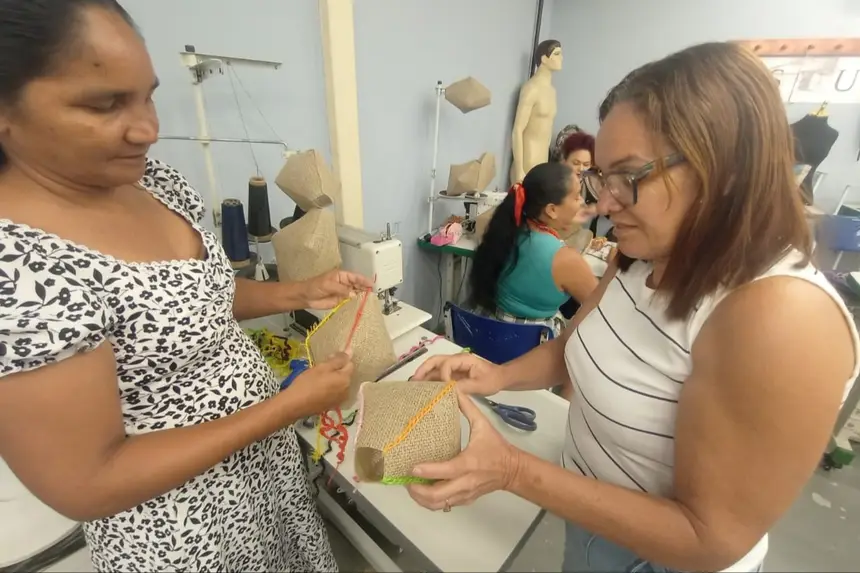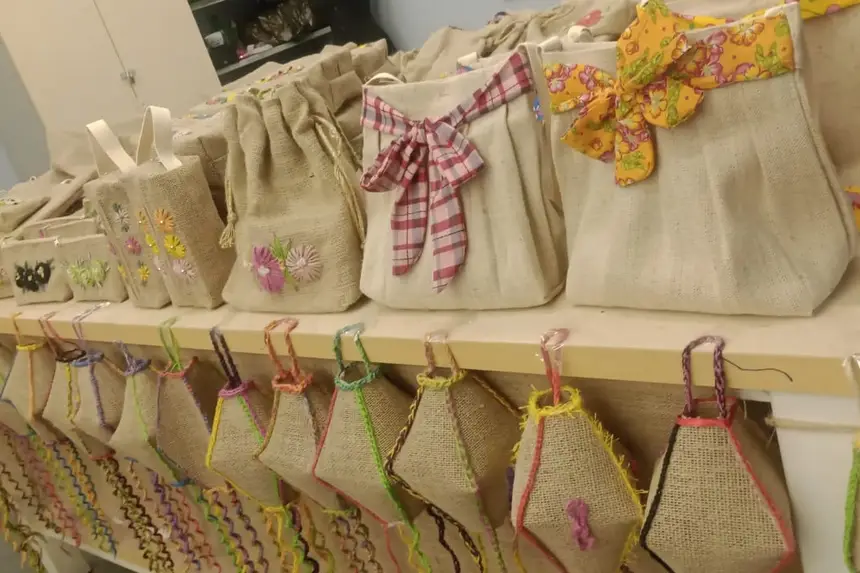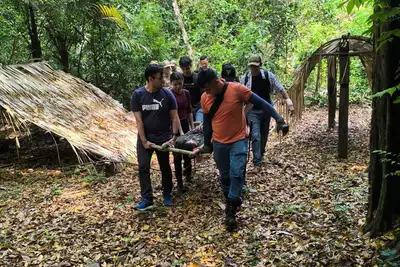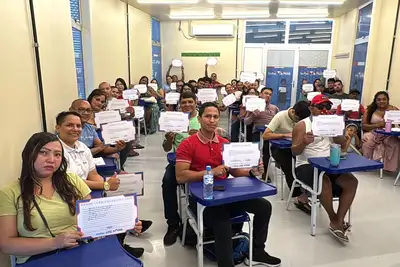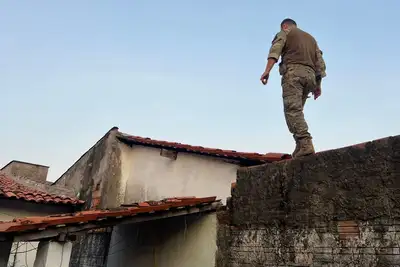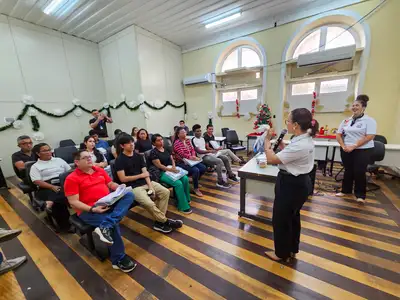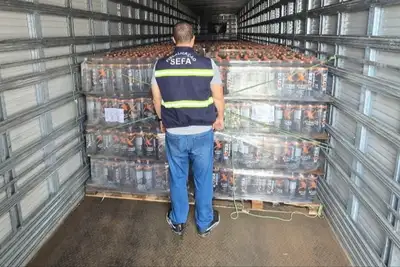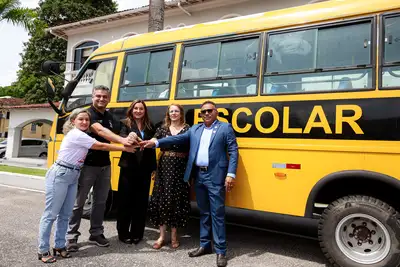Residents around UsiPaz Pe. Bruno Sechi completed a handicraft course focused on the June festivities
The action aims to stimulate the local economy by providing residents of areas near the Usina with an opportunity for income generation
Residents around UsiPaz Pe. Bruno Sechi completed the handicraft course focused on the June festivities.
Twenty residents from the vicinity of the Usina da Paz Pe. Bruno Sechi, located on Estrada do Bengui, participated in another handicraft course using sustainable raw material — Amazonian malva. This time, the course focused on producing typical pieces for the June festivities. The workshop, promoted by the Secretary of Economic Development, Mining and Energy (Sedeme) in partnership with the Castanhal Textile Company (CTC), aims to stimulate the local economy by offering residents around UsiPaz an opportunity for income generation aligned with the demand of traditional June celebrations. Seasonal events boost the economy and significantly contribute to increasing the income of the involved communities.
With a duration of 32 class hours, the action began last Tuesday (13) and was completed on Friday afternoon (16), with the delivery of certificates to the participants.
During the workshop, students learned to create arrangements, bows, decorative balloons, baskets, bags, and other ornaments, as well as techniques to customize typical clothing for the June period, using sustainable raw material. The activity is part of Sedeme's schedule under the Territory for Peace Program, of the Government of Pará, coordinated by the Strategic Secretariat for Citizen Articulation (Seac).
The Secretary of State for Economic Development, Mining and Energy, Paulo Bengtson, emphasizes that the initiative seeks to encourage the practice of handicrafts as a source of income and socioeconomic development in the communities. He also highlights that the Government of Pará, through Sedeme, supports and promotes the creative economy, stimulating entrepreneurship and generating opportunities from the knowledge acquired in the workshops, contributing to sustainable socioeconomic development in the communities surrounding the plants.
The CTC technician, Rosilene Santos, responsible for conducting the workshop, explains that she starts her classes by presenting all the material to be used and introducing the participants to the malva fiber, discussing its properties and techniques for handling, cutting, sewing, finishing, and customizing the pieces. “Many already have experience with handicraft production and sewing, which makes the classes more dynamic. Here, they learn practically, from cutting to finishing each piece, always with the freedom to explore their creativity.” She emphasizes the importance of the project and celebrates the positive impact it has had: “It is gratifying to be part of this project. Many participants are starting a new professional stage in their lives and have already begun to sell the pieces, produced with great dedication,” she concludes.
The entrepreneur and artisan Luciana Dias, a participant in the workshop, shares how the courses offered by the Usinas da Paz have transformed her life: “It was at the Usinas that I found a new income opportunity with handicrafts. I have participated in more than ten courses — I live in the Mangueirão neighborhood, but I have been to the units in Cabanagem, Icuí-Guajará, and now in Bengui. There is always something new to learn. Here, I took my handicraft course and started selling my pieces. I mainly work with malva and jute, which are easy-to-handle materials and allow for a wide variety of products. It has been a promising experience,” she reports.


